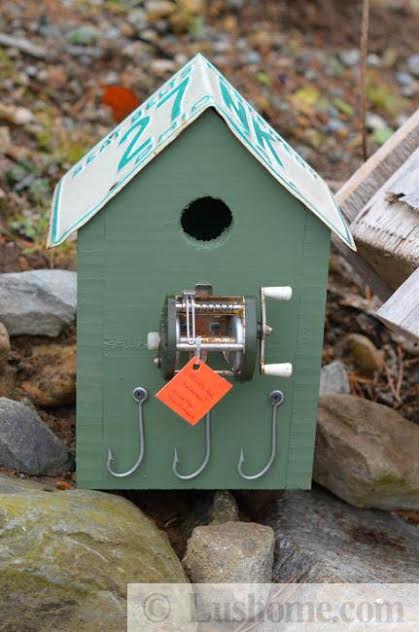

Mungo’s tomb is in the crypt of Glasgow Cathedral in Scotland. Apparently Mungo already had a high position in the Catholic Church, because he eventually had a cathedral built at Glasgu, “the green hollow,” and became the bishop of a diocese there that corresponded with the British kingdom of Strathclyde. Mungo let the oxen pulling the cart go where they wanted, and they stopped at the spot where Glasgow Cathedral now stands. The story is that he accompanied a cart carrying the body of Fergus, a holy man, looking for a burial site.


He ended up growing up in a monastery before traveling on his own, probably in his 20s, to do God’s work. His grandfather, King Loth, had put his mother, Thenew, in a boat to drift after she was accused of adultery. Much that we know about him comes from two biographies written by churchmen in the 1100s that probably include more legend than fact.Īccording to Historic Scotland, Mungo was born at Culross, Fife, Scotland. Drought, too, is fueling this change in the Earth’s mosaic of forests: Satellite imagery shows that conifer forests are shifting northwards and white spruce, another boreal species, have begun sprouting in the Arctic, far earlier than predicted.His nickname, Mungo, means “dear beloved,” which makes sense considering the adoration he has received centuries after his death around 612. These fires, research suggests, are contributing to a shift of some tree species in the Western states towards cooler and wetter areas. In the United States, climate change is “projected to increase the extent, intensity, and frequency of wildfires,” across certain parts of the country, according to the Environmental Protection Agency. Perhaps the most visibly-dramatic effect on forests right now is raging wildfires. Tolkien’s mythical Ents, trees are also on the move. Meanwhile, bee orchids, whose flowers resemble a bee's backside, were spotted for the first time in Scotland. Wild orchids, such as the Southern Marsh-orchid, once restricted to southern England, can now be found further north. In 2020, citizen scientists spotted bushels of plants popping up in new areas, migrations that have been linked to drought-like conditions in the country. In the United Kingdom, climate change is driving wildflowers to relocate. Some species are moving uphill, or poleward, while those that don’t mind the warmth, are moving downslope. The result is a shift in global plant life. Increasing Co2 can drive greater growth, but as water availability fluctuates, temperatures change, and extreme weather hits, plants can also be left vulnerable. The relationship between plants climate change is a complex one. And these migratory shifts don't happen in isolation, but instead send ripples across entire ecosystems: The unprecedented arrival of young Great White sharks along the central California coast, for example, is placing endangered species (like the California otter) at even greater risk. Researchers in French Guiana, supported by Greenpeace, tracked ten turtles and found that the animals covered as much as twice their usual distance when migrating north. Other marine species are also on the move, including iconic sharks such as the Great White. Meanwhile, in the Pacific Ocean, leatherback sea turtles are migrating further to find cool areas to feed after nesting. The effects of climate change, combined with other changes such as habitat loss, also mean that some bird species, such as the redstart, are having more offspring than usual, while others, like the garden warbler, are having fewer. Birds, too, are nesting earlier than usual. In the Arctic, the researchers found that calves are being born earlier in Spring than usual, “roughly tracking rates of warming,” according to a press release. Climate change prompted the strongest response among species, researchers found, including increases in boldness and exploration. A meta-analysis of around 100 species - including fish, insects, amphibians, birds and mammals - published in the journal Oikos noted that human-induced environmental change is already doing just that. A changing climate also elicits changes in the behavior of wildlife.


 0 kommentar(er)
0 kommentar(er)
